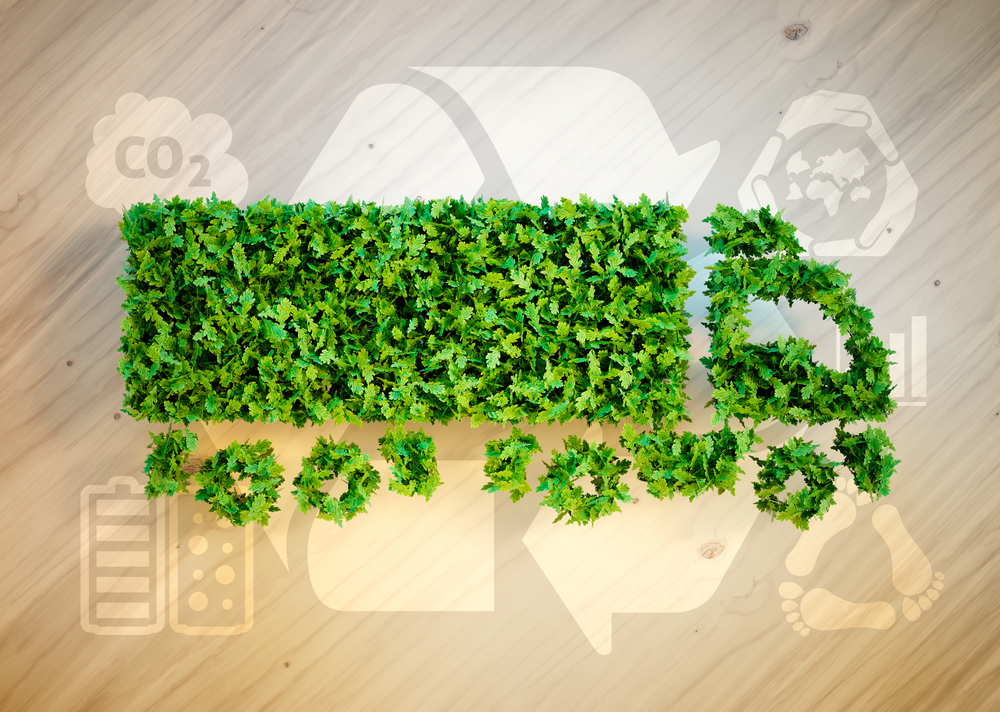
Thanks to a $41 million preliminary award from the California Air Resources Board (CARB), the Port of Los Angeles will launch a zero-emission/near zero-emission, hydrogen-fuel-cell-electric freight project that will also see support from Toyota, Kenworth, and Shell.
The goal of the project to create a network for freight transport through 10 zero-emissions heavy-duty hydrogen fuel-cell-electric trucks, two hydrogen fuel stations, and four zero-emissions cargo handling equipment. In all, the project is expected to cost more than $82 million, but the partners involved will provide $41,446,612 in match funding.
“The Port of Los Angeles is showing the world that we don’t need to choose between environmental stewardship and economic growth — and this funding will help put zero emissions goods movement within our reach,” Los Angeles Mayor Eric Garcetti said. “I am grateful to CARB for this investment in America’s Port, as we continue to lead the drive toward a more sustainable future.”
The project is being referred to as “Shore to Store,” and it builds on technology already being developed for testing at Los Angeles terminals. Proponents want to see emissions reduced through projects like this by as much as 465 metric tons of Greenhouse Gas. The project will be rolled out in several phases.
“Toyota believes that zero-emissions fuel-cell-electric technology, and the scalability, throughput speed, and driving range advantages of its hydrogen fuel, has the potential to become the powertrain of the future – and the capabilities of fuel-cell-electric heavy trucks are a big reason why,” Bob Carter, Toyota Motor North America executive vice president, said. “We are proud to team with the Port of Los Angeles, Kenworth and Shell and the operating partners to explore the benefits of a true zero-emissions heavy-duty truck platform and to support the development of a heavy-duty hydrogen fueling network in California. These trucks add to our growing portfolio of fuel-cell-electric vehicles as we lead the industry in expanding electrification through the use of this advanced, versatile, and scalable zero-emissions technology.”